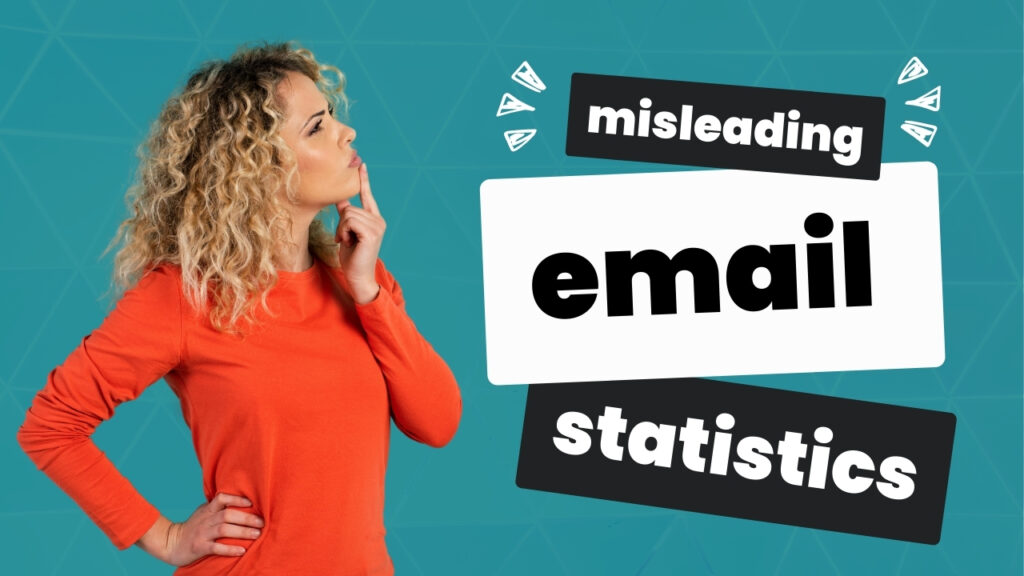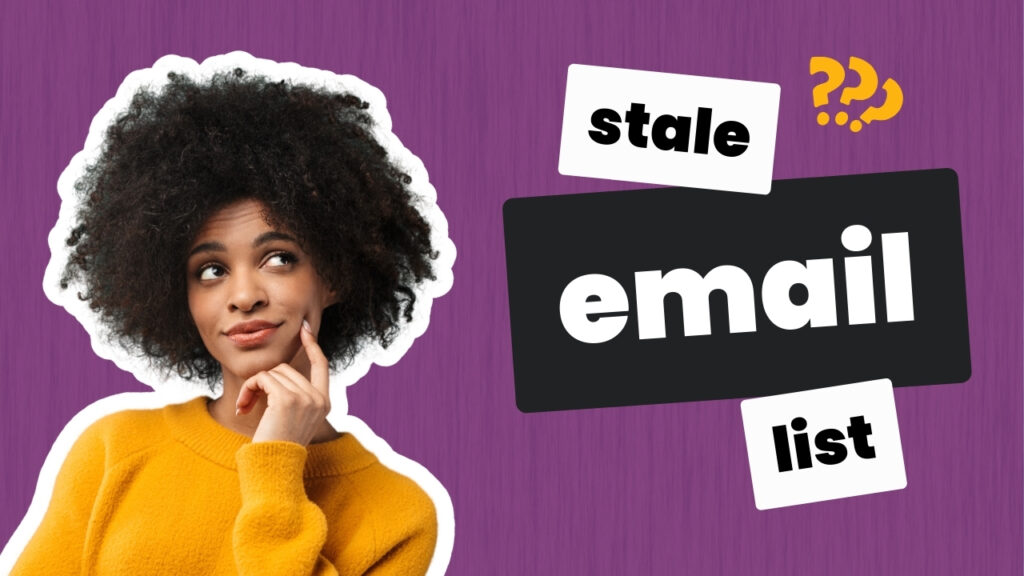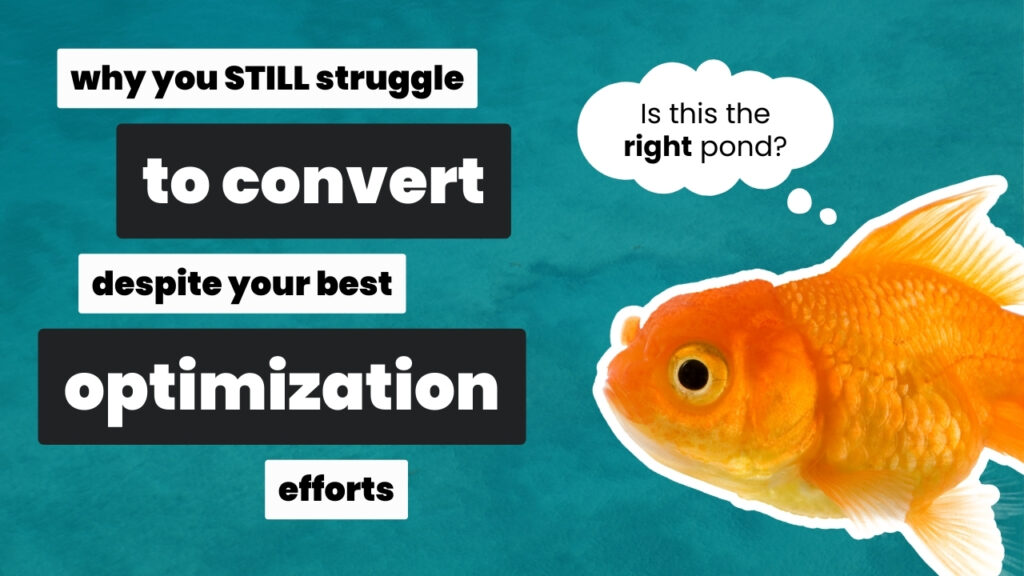The skip setting built into your best buyer’s brain is secretly killing your conversions.
Learn how to use this simple persuasion technique, called pattern interrupt, to keep your promos from getting ignored.
TRANSCRIPT:
Most people these days to some degree are running on autopilot. For your messaging, that means: if you want it to stand out in an attention-scarce world, you have to figure out a way to break through that autopilot and actually grab attention.
Hi, I’m Paige from The Impact Copywriter. And I help founders and marketers boost the conversions in their most critical campaigns by focusing specifically on their marketing messages or, as we like to call it, the copy.
Today, I’m going to show you how to use messaging to get more people to pay attention and to care about what you’re promoting.
We’re going to use a little tactic called pattern interrupt.
Now I always like to start out with a story.
Every week I make a trip to the city for my weekly fitness class. And almost every time I make the trip, I see this very specific cab company. These cabs always capture my attention because the cars are lime green, which in and of itself is attention-grabbing.
One unique thing about the way that they do the messaging on the cars, their advertising on the cars, is how they present their number.
Now their phone number is 332-3333. So imagine that you’re looking at that number, and it’s just written in some plain font. It would be easy for your brain to sort of scan and see all the 3s and ignore that there’s a 2 in there, right?
That’s a problem for the cab company because they rely on calls to generate cab customers.
To make the 2 stand out so that people actually recognize that the number is not all threes and that they have the right number to call the cab company, what they’ve done on the cars is: They’ve made the 2 a different font color, like a contrasting font color. And they even scaled it up the size little bit. So it’s slightly bigger than the other 3s.
This is a really great example of how you can use, at least a visual example anyway, of how you can use pattern interrupt to grab people’s attention.
We can do something similar with copy.
A great way to do pattern interrupt with copy is to say something in an unconventional way.
I know that’s kind of vague, right, so we’re going to look at some examples.
You don’t want to use boring or vague statements. You want to take the same type of message and say it in an unexpected way that gets people to pay attention.
EXAMPLE #1
The first example is something I saw on Instagram recently.
This is not something I wrote. It’s just something I scrolled past. And the headline for the ad says “kick crappy ads to the curb.” Now they could have said something boring like “fix your low-performing ads” or “put out ads that make sales” or something like that. But the way they said it – “kick crappy ads to the curb” – was just a really a unique way. “Kick to the curb” is a colloquialism, something that you don’t normally see in marketing speak, but you understand what it means. And then they pulled in some alliteration with words “crappy” and “curb.”
It grabbed my attention!
EXAMPLE #2
The next example comes from Copyhackers.
During one of their first launches for Copy School, the big value proposition for the launch was “become the most profitable person in the room.” And that was really interesting for me as a copywriter who was learning from them. It grabbed my attention because it it stated the desire to want to to be able to write words that make money or make sales, but they stated it in a really compelling way.
EXAMPLE #3
Another example comes from my own work.
I was working with a client who was selling a program that taught people how to build their own stock portfolios. One of the outcomes for wanting to do that, which we found in the research, was passive income: to build your own stock portfolio to generate passive income.
Now that’s true. And it is a little compelling, right? But it’s still… we could push it further. So one of the value propositions on the page ended up being “build a stream of wealth you don’t have to work for,” which is simply a more compelling way to say build a stock portfolio that generates passive income.
EXAMPLE #4
And for another example from my work, I was helping a coach sell a leadership skills training.
Instead of just saying, you know, build leadership skills or build confident leadership skills, we knew that part of that was also being seen as a confident leader. There was a social aspect to it, and so one of the value propositions that we used on that sales page was “build leadership skills the whole organization can feel”
That statement taps into the social aspect of wanting to be a stronger leader. And we knew that it was important on three different levels. They wanted to be seen as a strong leader by their team, by their peers, and by their superiors. By saying “leadership skills the whole organization could feel,” we actually tapped into all of those levels.
EXAMPLE #5
Our last example comes from an app.
What’s interesting about this pattern interrupt is that the company makes a value proposition that is a contradictory statement. In the dating app space, there’s a conflict of interest. The purpose of the app is so that you will get a relationship and stop using the app, but the app creators actually want you to continue using the app. So there’s this sort of contradiction here.
I believe it’s Hinge. They have the value proposition of “the dating app designed to be deleted.”
What makes this stand out is that they actually target that contradiction, that conflict of interest, in the dating app space head-on and say: Hey, we want you to be successful with this. You should actually be able to delete our app, and that’s really our goal. For me, it’s a strong statement because they’re contradicting, or interrupting that pattern, of what other apps are designed to do.
We live in a distraction-filled world.
If you want people to pay attention to what you’re promoting…
If you want them to care…
Your messaging has to do the work to make your products and programs matter.
If you need help crafting messaging that helps break through the noise so that more people care about what you’re promoting, let’s chat.


